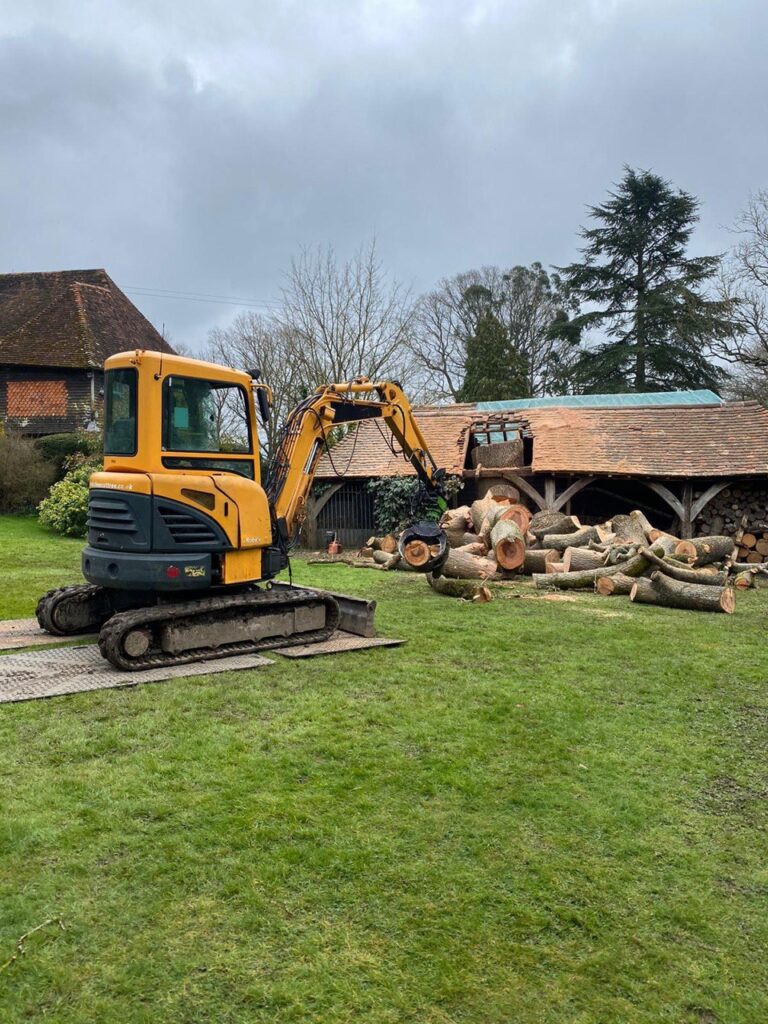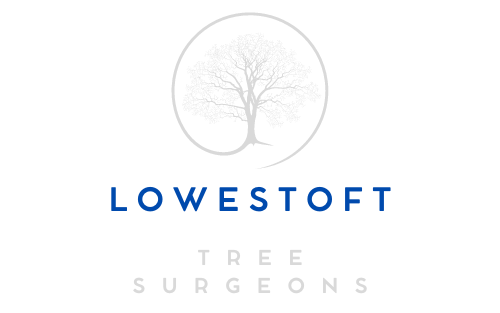Why Crown Reduction Is Often Misunderstood
Introduction
Crown reduction is one of the most requested yet commonly misunderstood tree surgery services. To the untrained eye, it might seem like a simple case of cutting branches back or making a tree smaller. In reality, crown reduction is a highly skilled and carefully measured process, designed to improve the safety, structure, and health of a tree without compromising its natural form.
At Lowestoft Tree Surgeons, we carry out professional crown reductions across Suffolk with a focus on preserving tree integrity and ensuring long-term safety. In this article, we’ll explain why this essential service is often misjudged, and why it should always be left to qualified professionals.
Key Takeaways
- Crown reduction is a strategic pruning method, not a quick trim
- It helps manage size, shape, and safety without harming the tree
- Misunderstandings often lead to poor pruning decisions and long-term damage
- Skilled reductions encourage healthy growth and reduce storm risk
- A professional approach balances aesthetics, function, and tree health
Common Misconceptions About Crown Reduction
“It’s Just Cutting the Tree Back”
Many assume crown reduction is the same as topping or lopping. In fact, crown reduction involves selective shortening of specific branches while maintaining the tree’s natural shape. It’s a technique based on the tree’s biology and structure—not a blunt removal of height or spread.
“It Damages the Tree”
When done poorly, crown reduction can indeed harm the tree. But when carried out correctly by experienced tree surgeons, it actually helps relieve weight and stress on heavy limbs, encouraging better balance and reducing the risk of storm damage or structural failure.
Why Crown Reduction Is Necessary
Managing Growth Without Losing the Tree
Crown reduction is particularly useful in urban and suburban settings like Lowestoft, where trees often grow close to houses, roads, or overhead lines. Proper reduction can:
- Reduce overhang near buildings
- Improve light penetration in shaded gardens
- Minimise wind resistance in exposed locations
- Prevent long-term damage to structures and pathways
It allows the tree to remain in place while becoming safer and more manageable.
Risks of Poor or Unqualified Work
A Bad Cut Can Have Lasting Effects
Unfortunately, crown reduction is often attempted by individuals with limited training, leading to:
- Excessive foliage loss, weakening the tree
- Poor regrowth patterns (including water shoots)
- Increased vulnerability to pests and disease
- Unbalanced canopies that invite structural failure
Correct technique involves understanding where and how to cut, which limbs to remove, and how much of the crown the tree can realistically afford to lose.
The Correct Approach
Precision, Planning, and Preservation
At Lowestoft Tree Surgeons, we take a methodical approach to every crown reduction. Our team considers:
- Tree species and natural growth habits
- Proportion of the crown to be removed (typically no more than 30%)
- Long-term structural integrity and future maintenance needs
By working with the tree—not against it—we maintain health, structure, and beauty while improving safety and space.
Conclusion
Crown reduction isn’t just about keeping trees tidy—it’s about managing their growth responsibly, safely, and sustainably. Misunderstood by many, this technique is far more than a cosmetic trim. When performed with care and expertise, it strengthens the tree, enhances its form, and safeguards the surrounding area.
At Lowestoft Tree Surgeons, we specialise in precise, respectful tree work that puts the health of your trees first. If you have concerns about an overgrown or unbalanced tree, contact our team today for a professional assessment and high-quality service across Suffolk.
Call us on: 01502 441 299
Click here to find out more about Lowestoft Tree Surgeons
Click here to complete our contact form and see how we can help with your tree needs.

